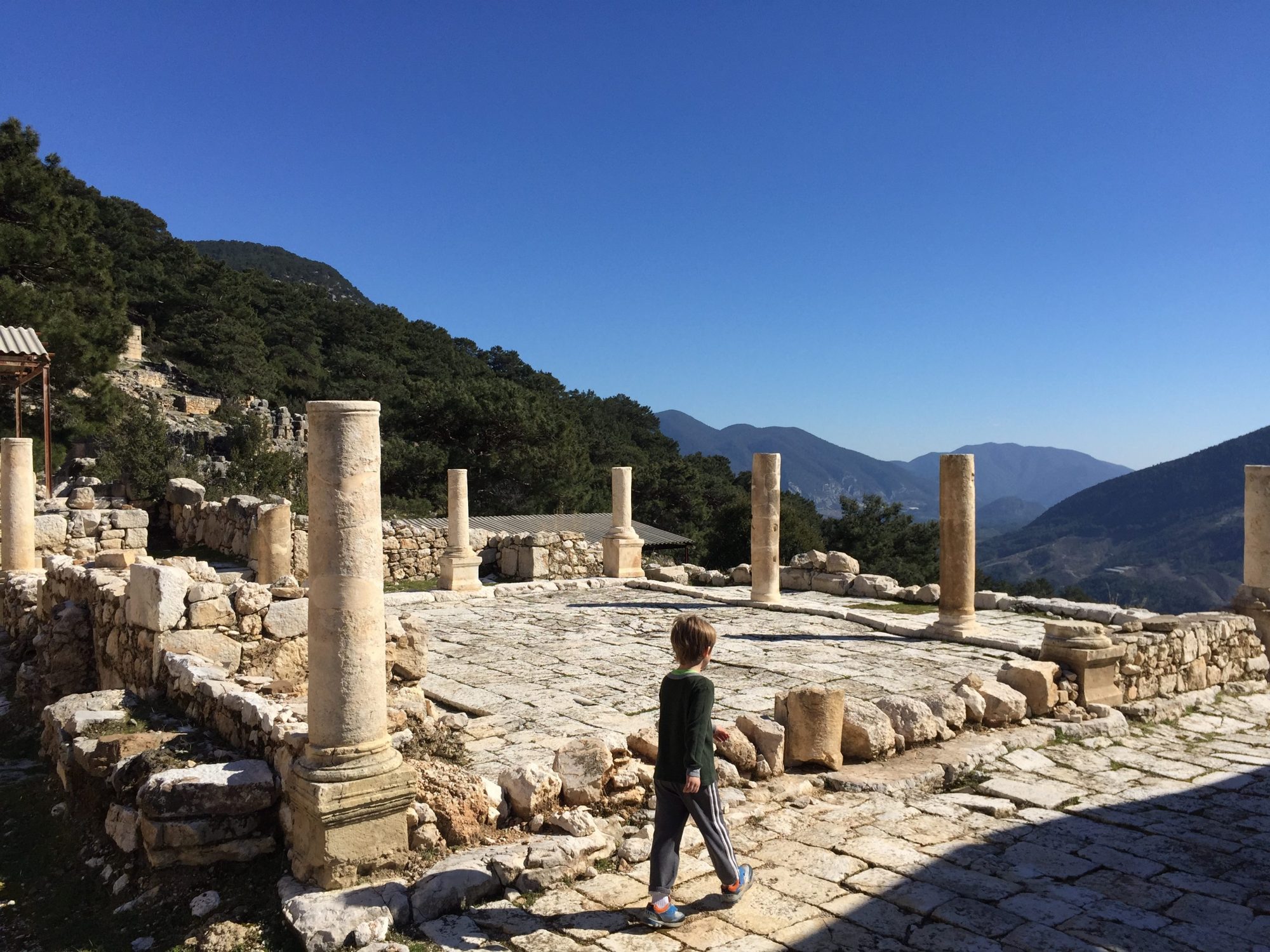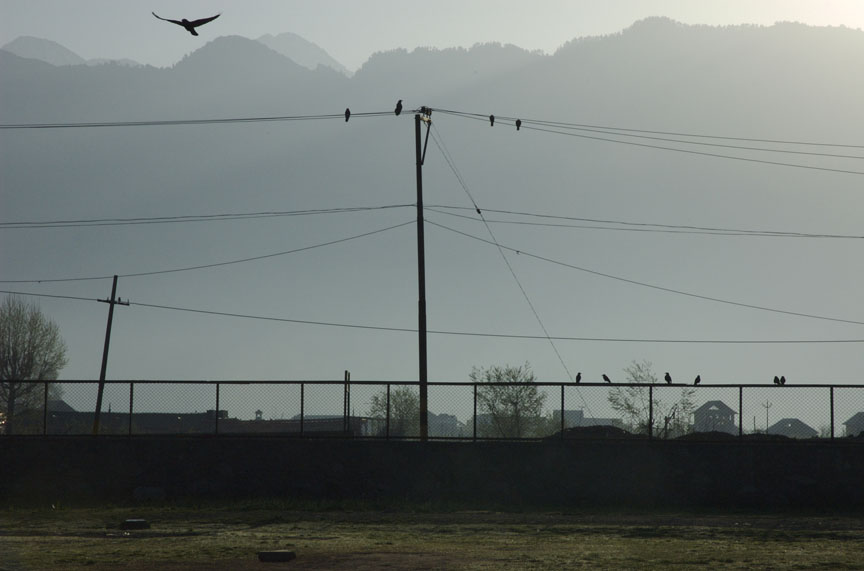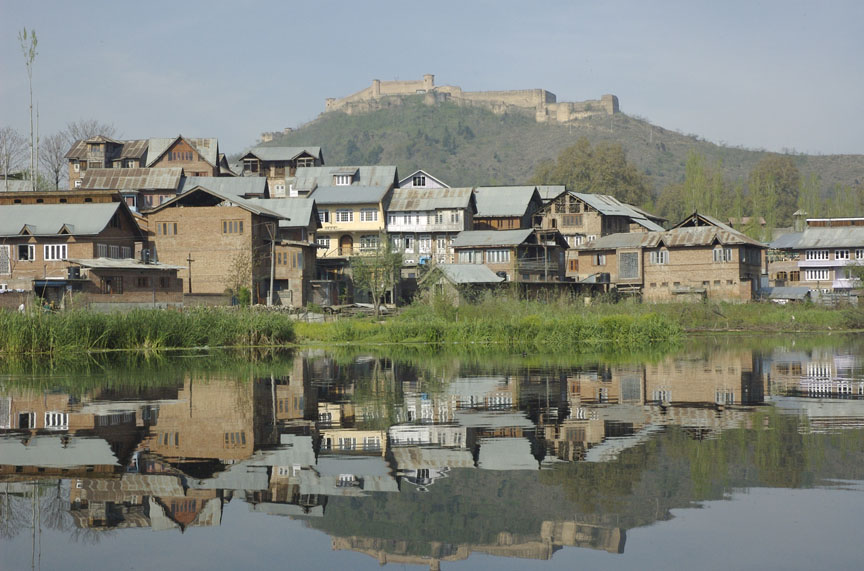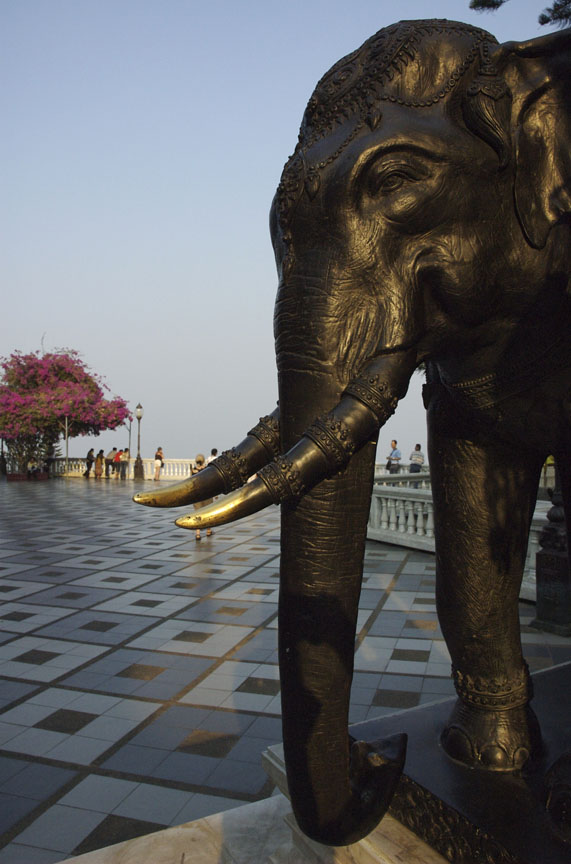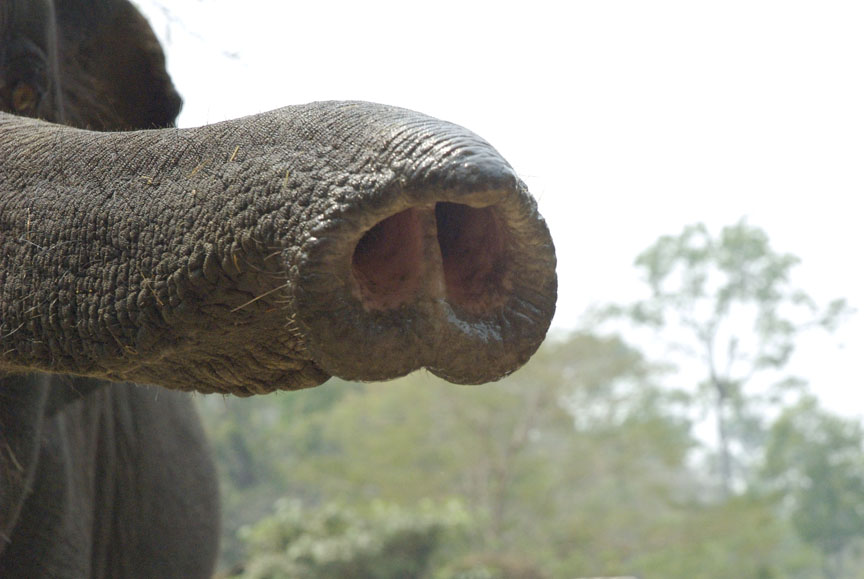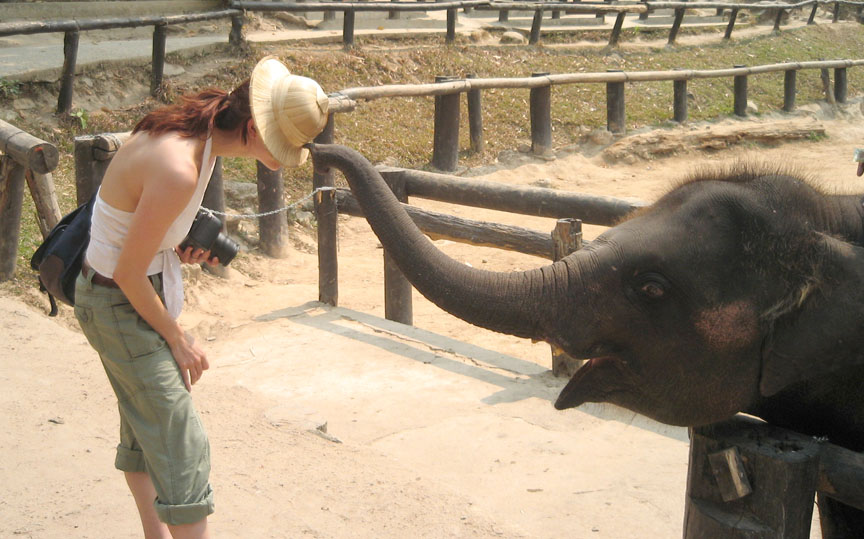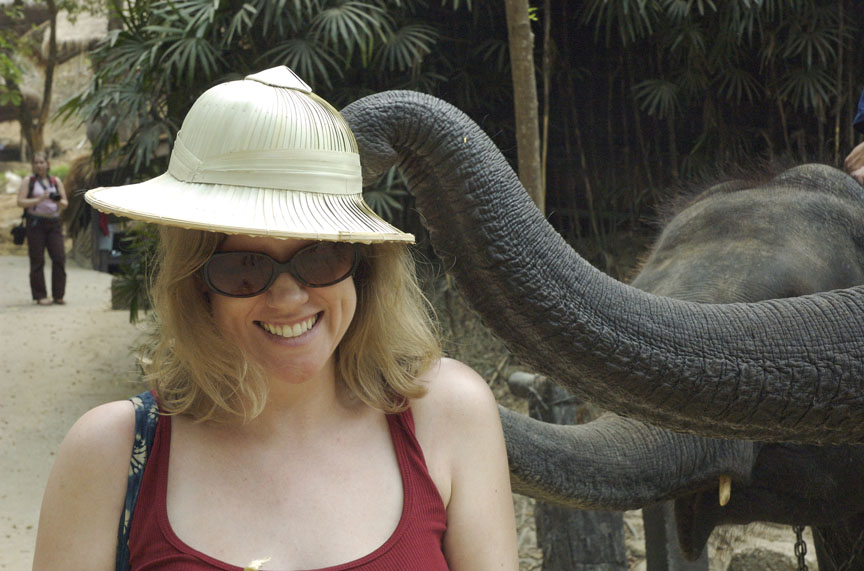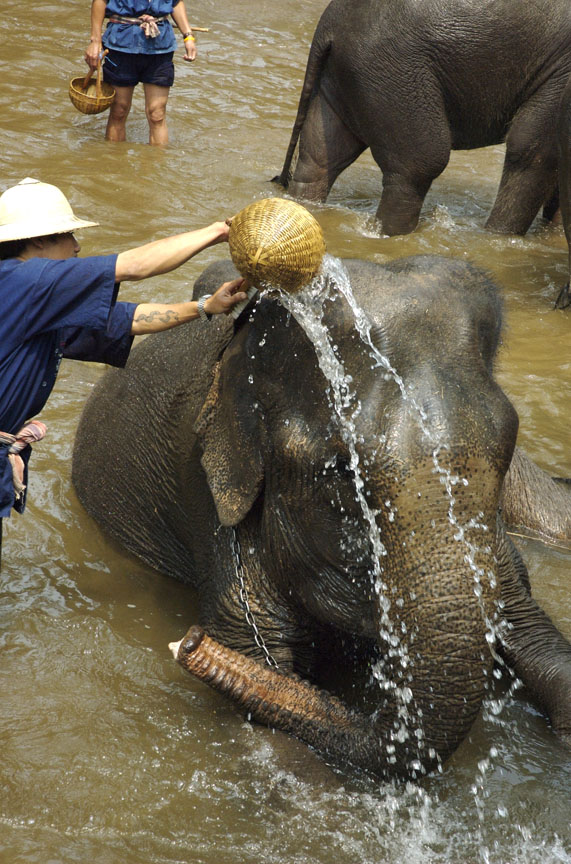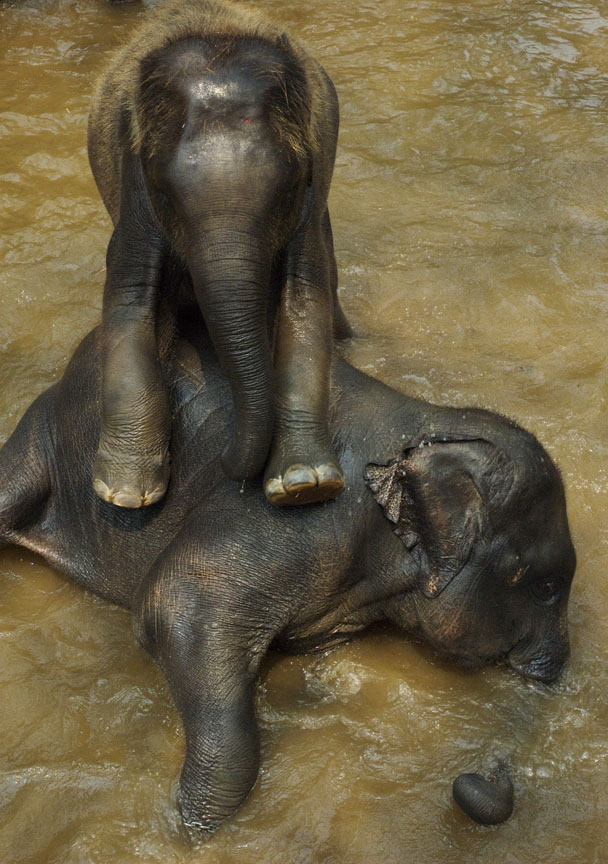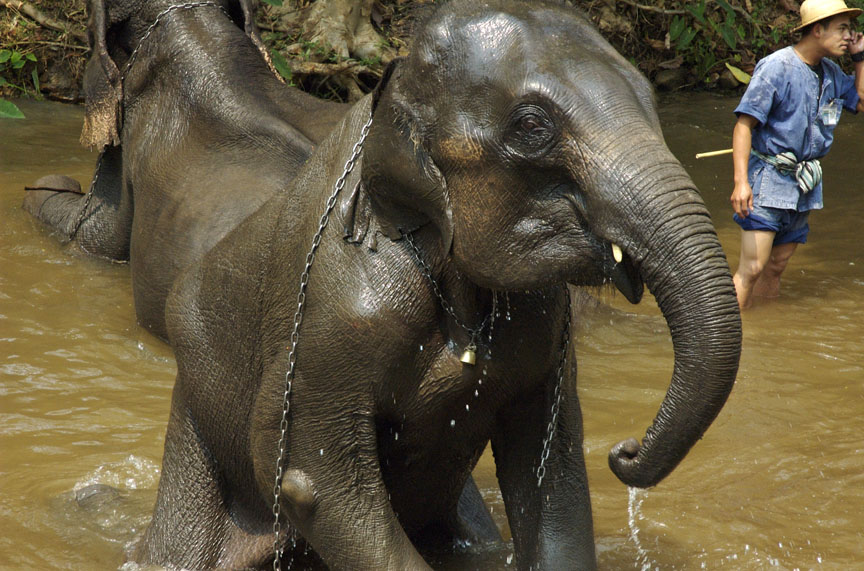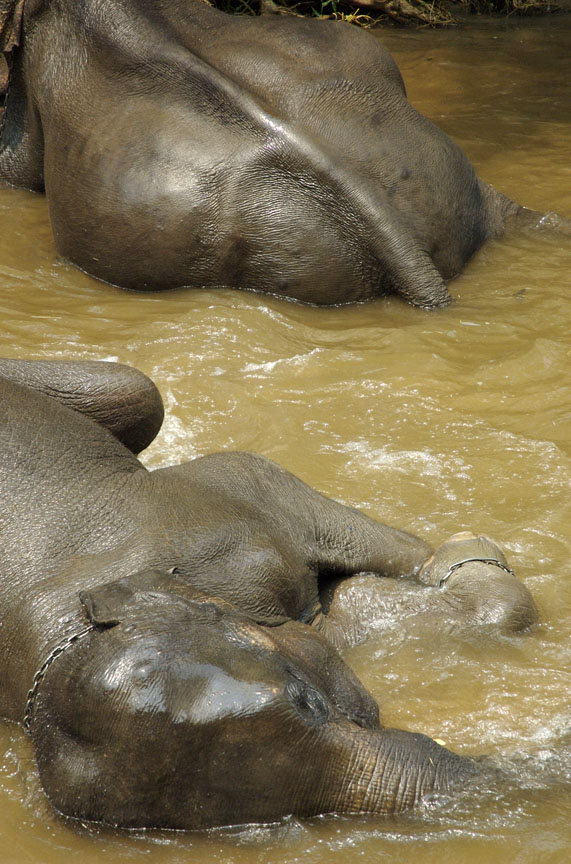Srinagar has gone to the dogs.
Like in the rest of India, strays are everywhere in the city. But unlike in Delhi or Varkala, where they almost all have the greyhound-on-crack mien of Santa’s Little Helper, here they are dopey, lumbering mountain dogs with shoulders the size of a cement mixer.
Tonight they’re raising a racket, which gets louder when I open the uncooperative window looking over the lake to catch a breeze that might dry my shampoo-washed clothes a little faster. The barking and howling skips along the surface of the water like a flat rock. It seems like a turf war is being snarled out in the Old City and, on another front, on the opposite shore of Nageen Lake. It almost—almost—freaks me out.
Srinagar is excessively dark tonight. Not a single light breaks the blackness across the lake, even though countless houseboats are tethered to the shore, and a dozen large houses rise behind them on the hill. It’s only 10:45 pm. It’s too easy to imagine fangy packs roaming the alleys of the city, the humans nervously locked indoors. As the barks richochet around the lake, the dogs get more excited, working themselves up like a crowd looking to become a mob.
It’s too wild. Maybe I am freaked out.
But really, it’s unfair to blame the mutts. It’s the humans who unnerved me an hour ago by doing one of their exclusively human things. And that’s worship.
Like in Egypt, India (which seems a wholly separate country from Kashmir), the UAE, Turkey, Brooklyn—and, of course, any number of Muslim countries I haven’t visited—the muezzin calls the faithful to prayer five times a day (salah). This being the 21st century, his voice is broadcast from loudspeakers on the minarets, or towers. Some muezzin have soulful voices that carry a genuine spiritual dimension that is compelling. Others are ear-tormenting croakers who perhaps got the job by, say, being the imam’s brother-in-law.
Regardless, the muezzin is not answered in voices but bodies. Men head to the mosque, where they ritually wash their faces, heads, hands, and feet, take a place on a mat, and direct themselves towards Mecca. Then they recite prayers.
From the outside, you generally can’t hear these prayers: They are between a man and his god. Even if they were loud, they would probably be drowned out by the sound of life going on around the city: cars honking, women bargaining, the humming soundtrack that is unique to every place.
But tonight in Srinagar, things went down a little differently. Shortly after the evening call to prayer, the last of the day, a sound rose in the city. First it started in one area of the city, and then another, and then a third. Thousands of voices shouting, calling out. Nothing organized, yet spontaneous and communal. Aaah, ehhhla, ohhhhheee.
And then I realized what the sound was: religious ecstasy. The sound of beings willing themselves to transcend. And it definitely freaked me out. As they got more excited, were they working themselves up like a crowd looking to become a mob?
Perhaps one reason so many religions prohibit intoxicants is because there is no better high than religious ecstasy. It fills you with both physical and spiritual thrill. Whether it’s induced by rocking, chanting, meditation, prayer, singing, whirling, or fasting, the religious high must be better than most out there. Forget the opiates stunning you into a stupor, or the frazzled fleeting fun of cocaine. I like to get my drink on periodically, but I can’t say that a cabernet-shiraz blend puts me in touch with the Eternal.
But the religious high gets you off and right with your God simultaneously.
Transcendence: the God Erotic.
Years ago, a friend—one I had never suspected to be a candidate for fuzzy thinking—told me about his experiences at a sweat lodge in Long Island. As part of his training as a new member of the Bear Clan, some quasi-Native American New Age group, his spiritual leader, one Harvey, had suggested he go on a vision quest. So he sat for eight hours in a dark underground pit, the temperature rising, suspiciously aromatic smoke hanging on the damp air. He had visions of forests and wolves. He seemed to search the woods for three days.
I asked if they dicussed the physiology of his experience. Did they talk about how his blood pressure dropped, how his brain chemistry changed, how starvation and smoke and suggestion can induce remarkable reactions? Was there no wonder at the things the body will create under stress, its malleability, its astonishing ability to interact with the world in clever ways? Was there no amazement over the creativity of the brain?
No. They were too busy deciding whether the wolf was his spirit animal to appreciate these more mundane examples of the wondrous.
By 11:30, the dogs have quieted down. It’s still profoundly dark, and now nearly silent except for the twinkle of fish that thrust their gills out of the water for a moment as if aiming for instant evolution. Maybe I’m letting my imagination get the best of me. Maybe I’m being too influenced by what I’ve read about Kashmir. Maybe I’m looking for evidence of of zealotry where there is none. Maybe I’m the suggestable one.
But. I find this place sinister. Zealots try to remake the world so that it can be an endless wellspring for their religious feeling. Some take whatever steps they must to ensure its presence, to tap again and again into that delirious blend of righteousness, physical thrill, and mystery. We all know they will kill and die for it. The Abrahamic traditions are particularly eager to shed some blood for a Good Cause.
If there’s a more dangerous intoxicant than one you kill or die for, I’d like to know what it is.
Tomorrow, I leave for Sonamarg for a three-day trek in the Himalayas. If an Asiatic black bear eats me, at least it won’t tell me first that it is divine justice that I am to be devoured, and that it is the mere instrument of God.
